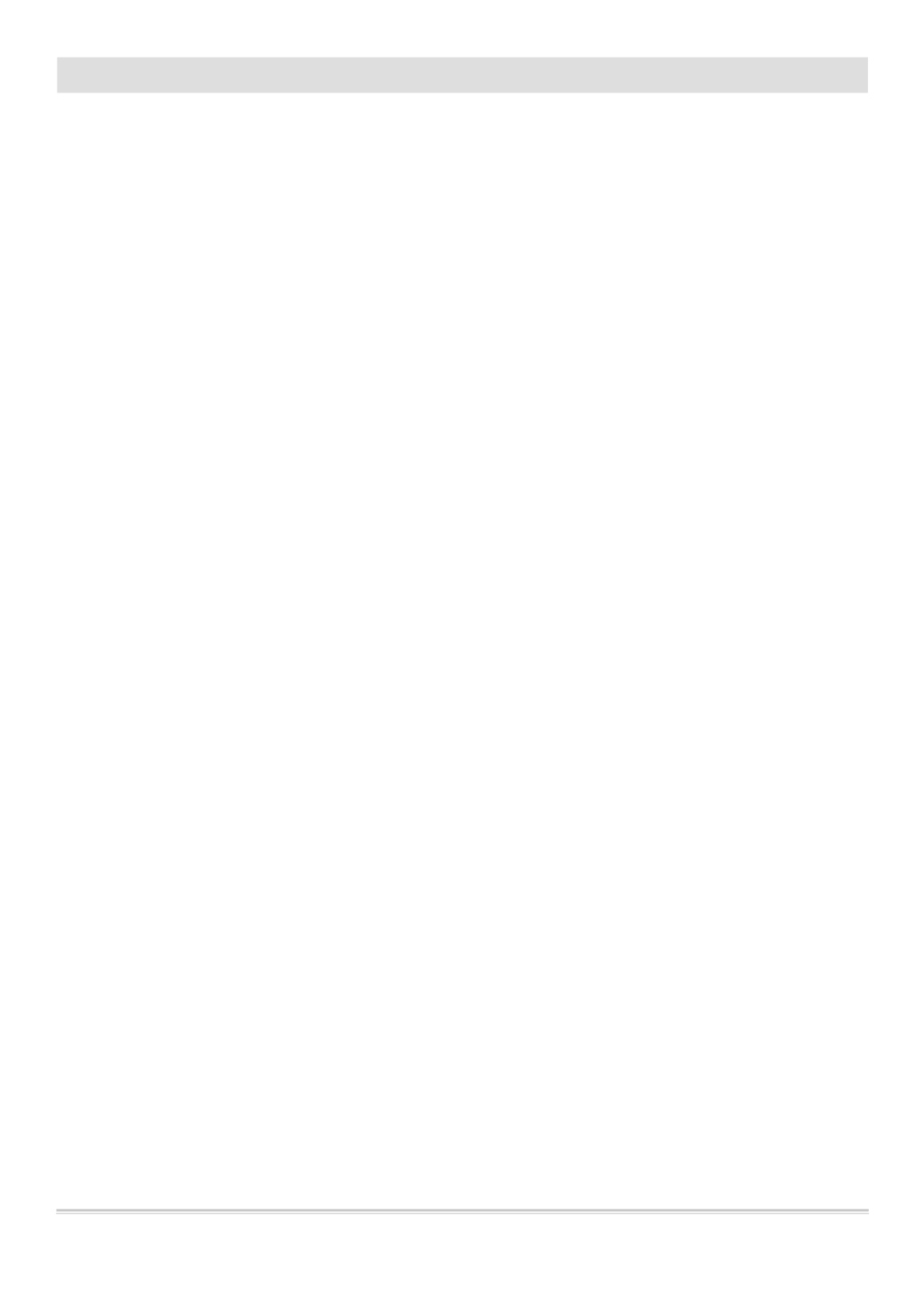

свободном доступе к воде и известняку. Третий период с 9 по 22 день - введение
корма, начиная с суточной дачи 40 граммов на голову с постепенным увеличением
до 70, 90, 115 и до 125 граммов. Четвертый период – восстановление яйценоскости
до 50% - доведение суточной дачи корма до 128 граммов. Пятый этап – увеличе-
ние яйценоскости и достижение ее до 80%. Проведенный анализ свидетельствует
о разнообразии подходов к проведению принудительной линьки кур в различных
хозяйствах. Применяемые подходы позволяют в различной степени увеличить яй-
ценоскость кур-несушек. Опыт, апробированный в СХПК «Племптица-Можайское»,
заслуживает внимания и должен быть объективно оценен, что является перспек-
тивной задачей проводимых нами исследований.
Summary
One of themost effectivemethods of increasing the period of layer chicken production
is forced molting. Layer chickens undergo reversible changes as a result of stress-factor
complex. The changes result in feather regrowth, weight loss and temporary pausing of
egg laying. This method helps restore high egg laying level rather quickly and improve
the quality of the eggs produced. Different methods of the forced molting are widely
applied nowadays. The aim of the present work is to study contemporary methods of
applying forced molting on the poultry farms. Forced molting on the Nevskaya poultry
farm have lasted 56 days and included two periods: in the first one there have been
days without feeding and with subdued lighting, in the second one 60 grams of feeds per
chicken have been introduced with gradually increasing feed amount up to 126 grams
per chicken and with gradually increasing light conditions from three to 16 hours. In the
US poultry industry, on the “Brothvel Milens” farm, hen forced molting is also applied.
The following method is used: the first day - no feeding or water, from the 2nd day to
3rd day - no feeding, with water. Beginning with the 4th day the days rotate like this:
one day – no feeding or water, another day - 45grams of feeds per chicken with water.
Beginning with the 10th till the 55th day - 96 grams of feeds per chicken, on the 56th
day - a full portion of 128 grams per chicken. The daylight lasts for eight hours during
molting, after the 55th day it lasts for 16 hours. Its own forced molting methods are
tested on the SKhPK “Plemptitsa Mozhaiskoe”. The scheme is based on the methods
worked out by the leading poultry farming expert of the “Provimy” company Akatov A.E.
The method of forced molting is divided into 5 periods. The first period is a preparatory
one lasting for 10-11 days. These days chickens are inspected for homogeneity, are
weighted and are classified according to floors. The chickens’ immunity to NB is tested
and they are given a vitamin complex. The second one is the period of starvation; it
takes up seven days with free water and limestone. The third period takes place between
the 9th day till the 22nd day. In this period feeds are introduced, 40grams a day with
gradually increasing the feed amount up to 70, 90, 115 and 125 grams a day. In the
fourth period egg laying is restored up to 50% the daily feed portion is increased up to
128 grams. In the fifth period egg laying is increased up to 80%. The analysis shows the
variety of the hen forced molting methods used in different farms. The applied methods
allow increasing egg laying in a different degree. The experiment made on the SKhPK
“Plemptitsa Mozhaiskoe” deserves attention and should be objectively estimated, being
the future aim of our research.
Молочнохозяйственный вестник, №1 (21), I кв. 2016
140
РЕФЕРАТЫ
Электронная Научная СельскоХозяйственная Библиотека









